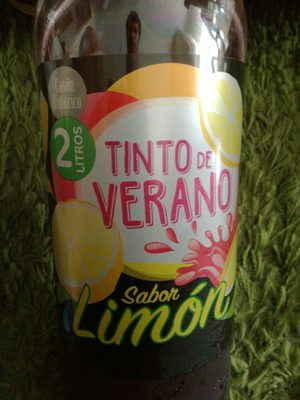Tinto de verano sabor limón - Hacendado - 2 l
Aquesta pàgina del producte no està completa. Podeu ajudar a completar-la editant-la i afegint-hi més dades a partir de les fotos ja disponibles, o fent-ne més amb l'aplicació de androide o iPhone / iPad. Gràcies!
×
Codi de barres: 8480000667342 (EAN / EAN-13)
Nom comú: Tinto de verano sabor limón
Quantitat: 2 l
Empaquetament: Plàstic, en:Bottle
Marques: Hacendado
Categories: Begudes, Begudes alcohòliques
Llocs de fabricació o processament: España
Codi de traçabilitat: R. E. N. CLM-437/CR
Botigues: Mercadona
Països on es va vendre: Espanya
Matching with your preferences
Entorn
Empaquetament
Transport
Report a problem
Fonts de dades
Producte afegit per openfoodfacts-contributors
Última modificació de la pàgina del producte per packbot.
La pàgina del producte, també editada per carlosbc, musarana.
Si les dades són incorrectes o incompletes, pot completar o corregir editant aquesta pàgina.








